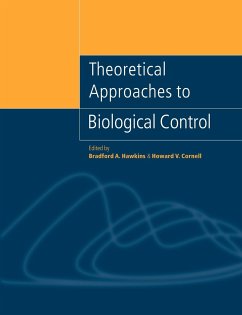
Theoretical Approaches to Biological Control

PAYBACK Punkte
26 °P sammeln!
A balanced guide to the theoretical issues that need to be considered in applying biological control.


Rechnungen
Bestellstatus
Retourenschein
Storno